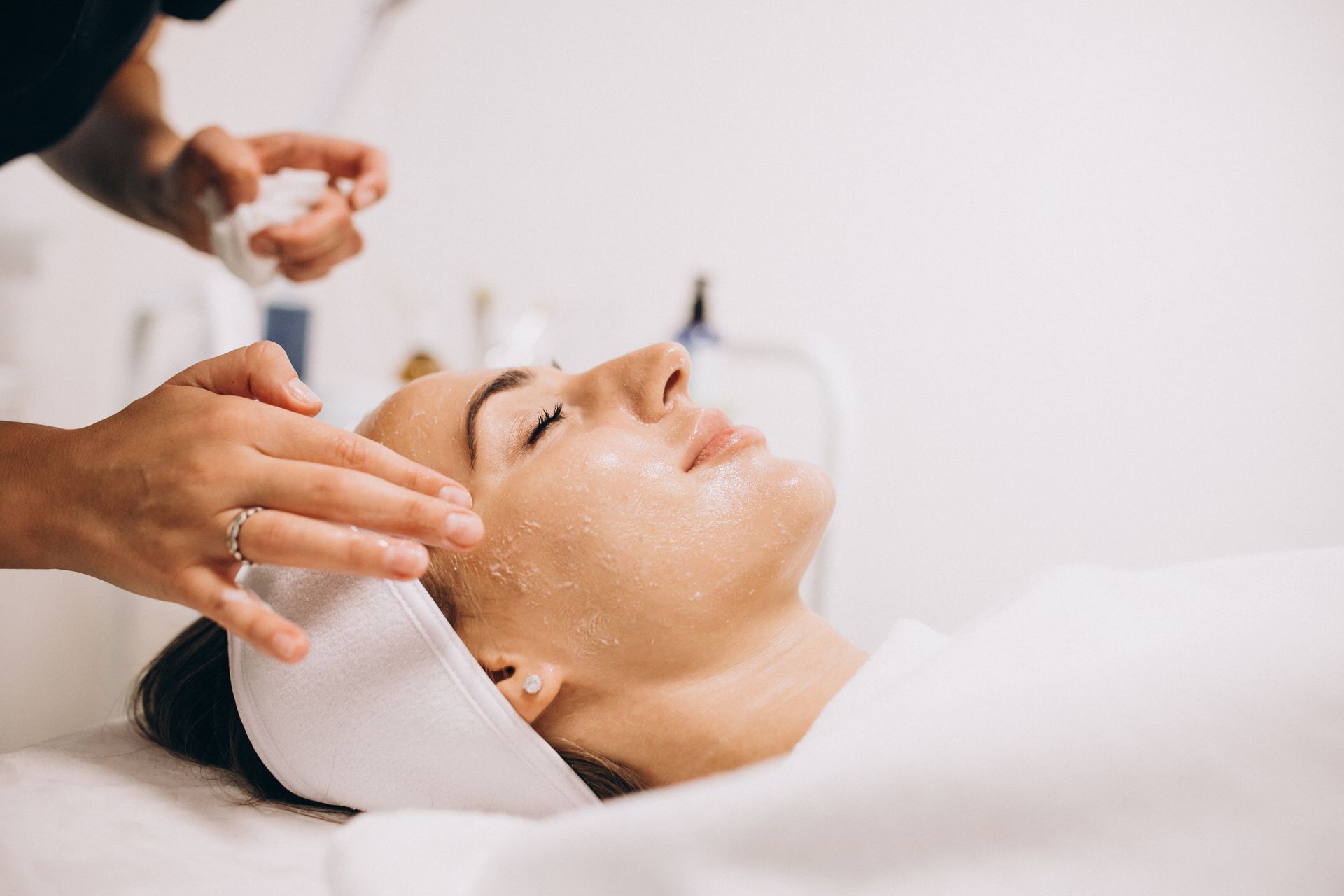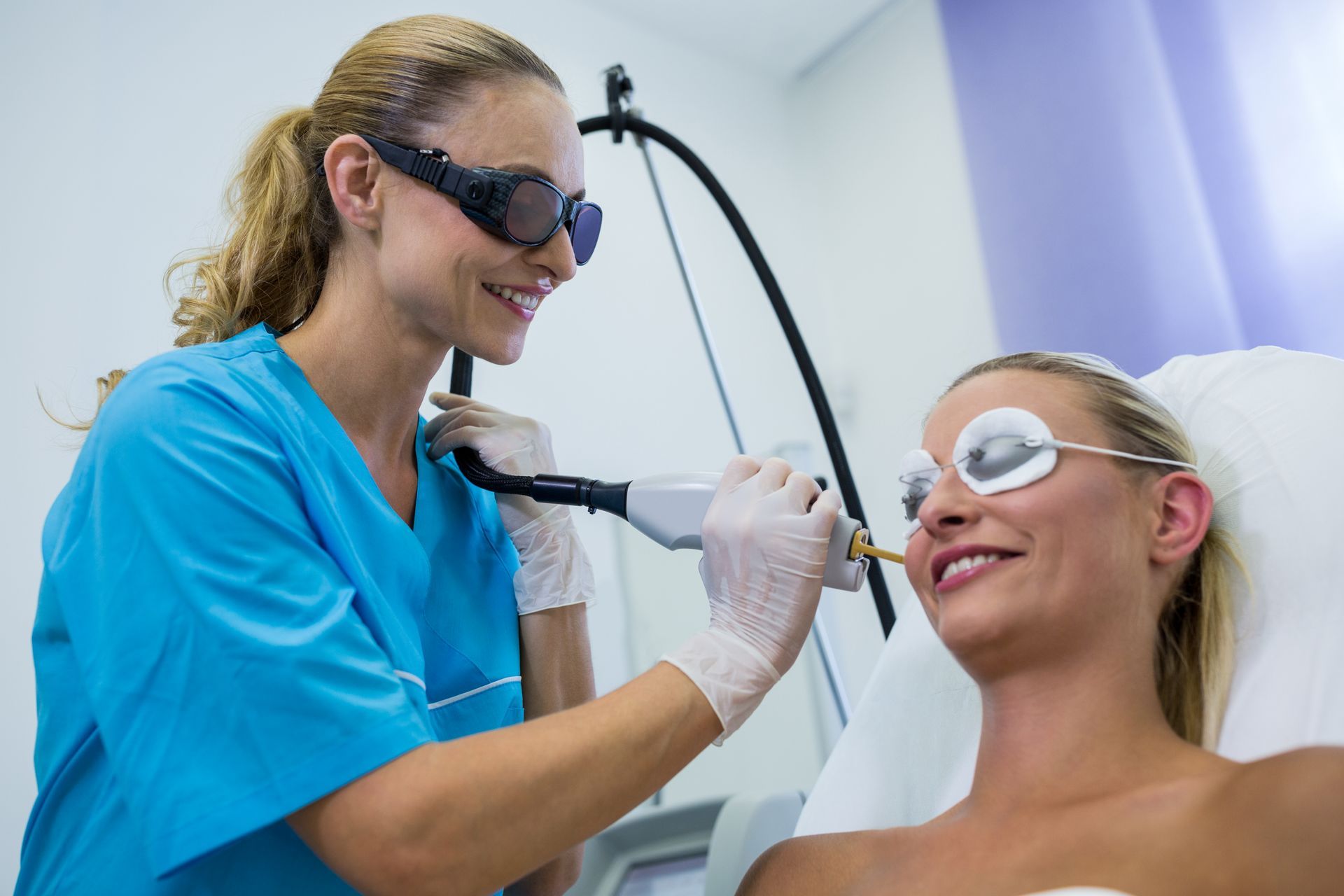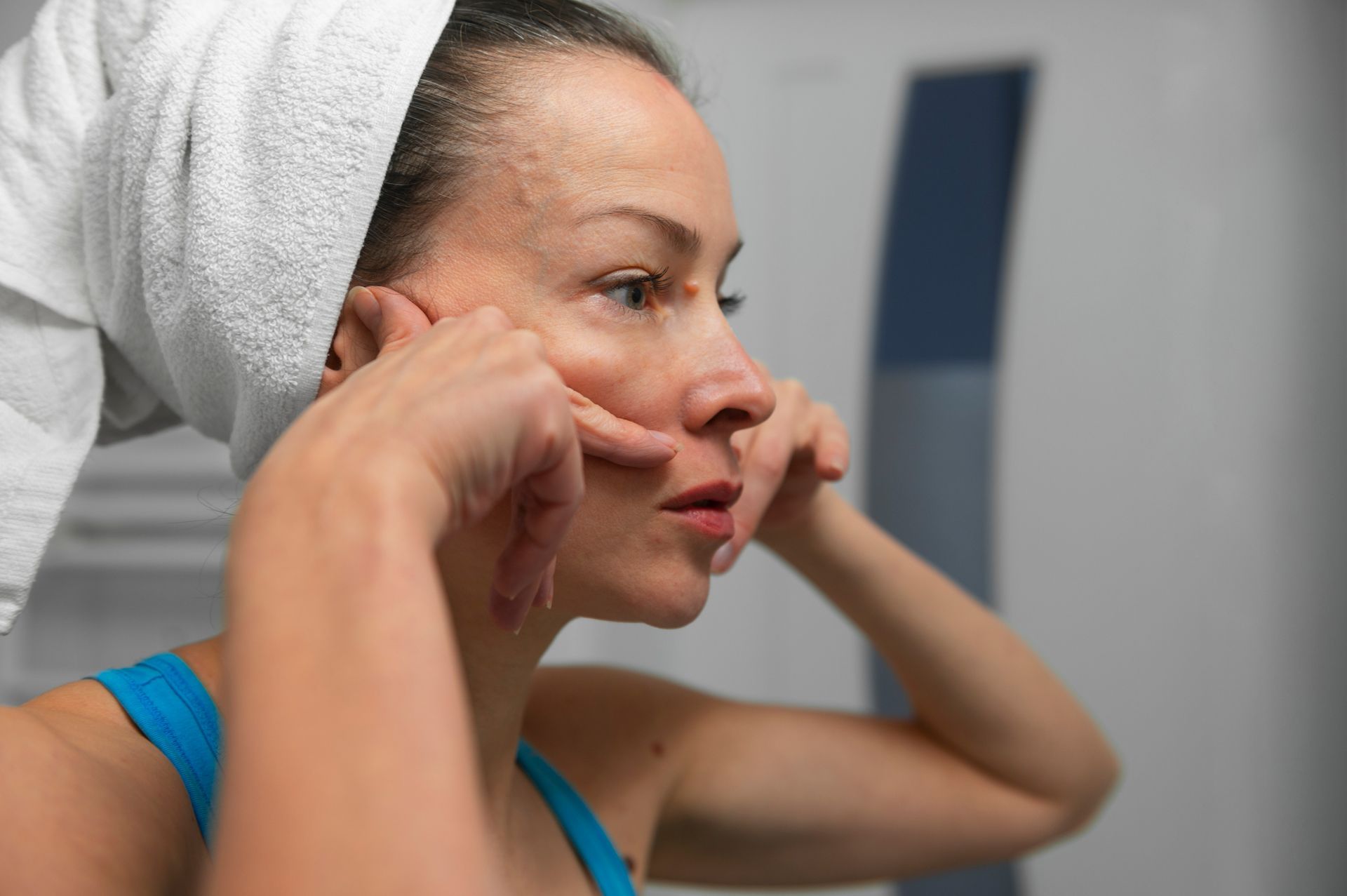Is At Home Laser Hair Removal Safe?
The popularity of at-home laser hair removal devices has increased dramatically in recent years as a cost-effective, convenient alternative to professional services. These devices promise smooth, hair-free skin and offer an attractive solution for those looking to reduce unwanted hair without the hassle and expense of frequent salon visits. However, with their rising popularity, questions about the safety and efficacy of these at-home devices have also emerged. Are they as effective as professional treatments? Can they be safely used by non-professionals? What are the potential risks and benefits?
At-home laser hair removal is explained in this comprehensive guide, where we examine the technology behind it, assess its safety and effectiveness, and provide best practices to ensure the best outcome. Whether you are considering purchasing a device or already have one, this guide will equip you with the knowledge needed to make an informed decision and achieve optimal results safely.
The At-Home Laser Hair Removal Process
At-home laser hair removal devices work on the same principle as professional laser treatments. They utilize light energy to target and destroy hair follicles, thereby reducing hair growth over time. The light energy emitted by these devices is absorbed by the pigment in the hair, which heats up and ultimately damages the hair follicle, inhibiting its ability to produce new hair.
The primary distinction between at-home devices and professional treatments lies in the power and intensity of the laser or intense pulsed light (IPL) used. Professional laser systems are more powerful and deliver higher energy levels, which allows for more efficient and quicker hair removal. These systems are typically operated by trained technicians who have the expertise to adjust the settings based on individual skin types and hair characteristics, ensuring both efficacy and safety.
In contrast, at-home laser hair removal devices are specifically designed to be safe for personal use. They operate at lower energy levels to minimize the risk of injury or adverse reactions, making them suitable for use by non-professionals. While this means that at-home treatments may require more sessions to achieve similar results to professional treatments, they offer the convenience of being able to perform the procedures in the privacy and comfort of your own home. At-home devices often come with built-in safety features, such as skin tone sensors and cooling mechanisms, to further enhance user safety.
Safety of At-Home Laser Hair Removal Devices
FDA Approval and Regulations
Most at-home laser hair removal devices are approved by the Food and Drug Administration (FDA), ensuring they meet specific safety standards. FDA approval indicates that the device has been tested for safety and efficacy. When purchasing an at-home device, always look for FDA approval as a key indicator of safety.
Skin Type and Hair Color Considerations
At-home laser hair removal devices are generally safe for individuals with light to medium skin tones and dark hair. The technology relies on the contrast between the hair and skin color to target the hair follicle effectively. Those with darker skin tones or lighter hair (blonde, red, or gray) may not achieve optimal results and could be at a higher risk of skin irritation or burns.
Potential Side Effects
While at-home devices are designed to be safe, there are potential side effects to be aware of:
- Skin Irritation: Redness, swelling, and mild discomfort are common and typically subside within a few hours.
- Hyperpigmentation or Hypopigmentation: Changes in skin color can occur, particularly if the device is not used correctly.
- Burns and Blisters: These are rare but can happen if the device is used on the wrong skin type or if the user does not follow instructions properly.
Efficacy of At-Home Laser Hair Removal
Achieving optimal results with at-home laser hair removal requires consistency and patience. Unlike professional treatments, which may show significant results in fewer sessions, at-home treatments need to be repeated regularly over several months. Most devices recommend treatments every 2-4 weeks initially, followed by maintenance sessions as needed. It's important to have realistic expectations. At-home laser hair removal may not result in permanent hair removal but can significantly reduce hair growth over time. Hair that does grow back tends to be finer and lighter.
Best Practices for Safe Use
Before using any at-home laser hair removal device, read the instruction manual thoroughly. Understanding the proper usage, settings, and precautions is crucial for safety and efficacy. Always perform a patch test on a small area of your skin before starting full treatment. This helps to ensure that your skin does not react adversely to the laser.
Prepare your skin by:
- Shaving the Treatment Area: This ensures that the laser targets the hair follicle and not the hair above the skin.
- Cleaning the Skin: Make sure the area is clean and dry, free from lotions, creams, or makeup.
Adhering to the recommended treatment schedule is key to achieving desired results. Skipping sessions or inconsistent use can reduce the effectiveness of the treatment.
After each session, protect your skin by:
- Avoiding Sun Exposure: Use sunscreen and avoid direct sunlight on the treated area to prevent irritation and hyperpigmentation.
- Moisturizing: Keep the skin hydrated with a gentle, fragrance-free moisturizer to soothe any irritation.
Choosing the Right Device
When selecting an at-home laser hair removal device, consider the following factors:
- Ensure the device is FDA-approved for safety.
- Check online reviews and ratings to gauge the experiences of other users.
- Choose a device suitable for your specific skin tone and hair color.
Conclusion
At-home laser hair removal can be a
safe and effective method for reducing unwanted hair when used correctly. By understanding the technology, following best practices, and choosing the right device, you can achieve smooth, hair-free skin from the comfort of your home. Always prioritize safety by reading instructions, performing patch tests, and protecting your skin post-treatment.
BOOK YOUR FREE SESSION










